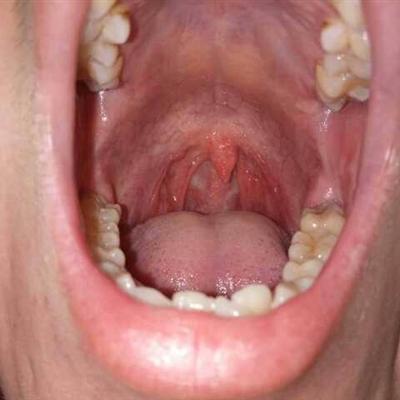Symptoms of stage I avascular necrosis of the femoral head
summary
The occurrence, evolution and outcome of osteonecrosis have their own regular pathological process. As long as the cause of osteonecrosis is found out, the treatment is not very difficult. That is, necrosis occurs - dead bone is absorbed - new bone is formed. X-ray findings, no matter the size of necrosis, single or multiple, are the epitome of this process. Now let's share our knowledge about the symptoms of stage I osteonecrosis of the femoral head.
Symptoms of stage I avascular necrosis of the femoral head
First, about 50% of the patients in stage I (pre radiation stage) may have mild hip pain, which is aggravated during weight bearing. Physical examination: hip joint activity was limited, and the limitation of internal rotation was the earliest. Hip joint pain was aggravated during strong internal rotation. X-ray: it can be negative, also can be seen scattered osteoporosis or unclear trabecular bone boundary.
Second, the clinical symptoms of stage II {necrosis formation, head flattening prophase) were obvious and more severe than that of stage I. X-ray showed extensive osteoporosis, scattered sclerosis or cystic degeneration, disorder and interruption of trabecular bone, partial necrosis area and normal joint space.
Third, the clinical symptoms of stage III (transitional stage) continued to worsen. X-ray showed that the femoral head was slightly flattened, collapsed within 2 mm, and the joint space was slightly narrowed.
matters needing attention
Correct diagnosis and staging are closely related to the treatment method and effect. Early treatment can prevent osteonecrosis of the femoral head collapse. If osteonecrosis is found or suspected on X-ray, MRI or CT scan can be continued. But the above two kinds of examination cost is higher, so it is generally recommended that patients take pelvic X-ray, or take bilateral medullary X-ray, bend hip to 90 ° Hip joint film in abduction position.














